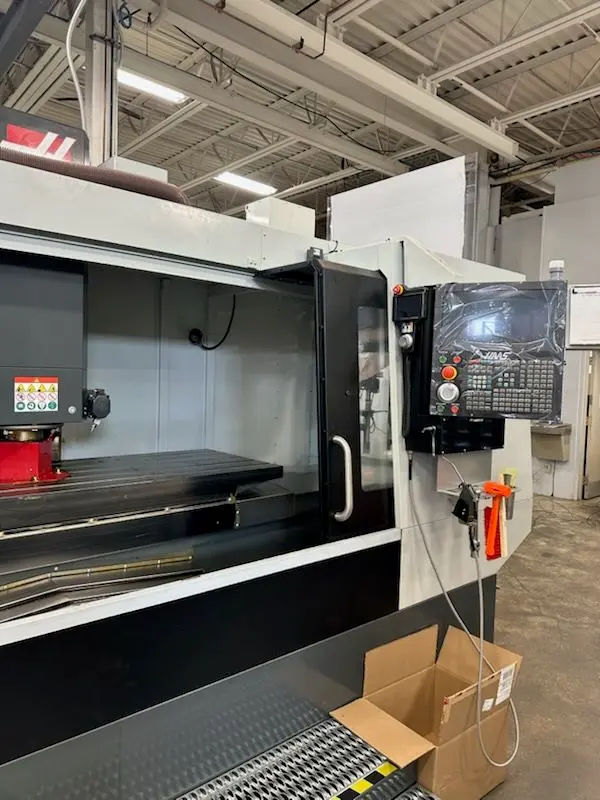Straight teeth and a perfect smile are things many people desire. Crooked, crowded, or gapped teeth not only detract from appearance but can also lead to oral health issues. Teeth braces offer an effective solution to misaligned teeth. Traditional metal braces have been around for decades, but modern options like ceramic teeth braces provide discreet straightening with extra benefits.
What are ceramic braces?
As the name suggests, ceramic braces have brackets and wires made from ceramic materials. Ceramic is tooth-colored, blending in seamlessly with natural teeth. This makes ceramic braces less visibly noticeable than shiny metal braces. The brackets are also smaller and sleeker than metal brackets. The wires, too, are tooth-colored, further adding to the discreet aesthetic. For many, the cosmetic advantage of ceramic braces outweighs that of traditional metal braces.
Benefits of Ceramic Braces
Ceramic braces share the same purpose as metal braces: to correct misaligned teeth. But beyond straightening teeth, what unique benefits do ceramic braces offer? Here are some of the top benefits that make ceramic braces a top choice:
Aesthetic Appeal
The biggest benefit of ceramic braces is their aesthetic appeal. The tooth-colored ceramic blends in with the natural color of the teeth. Ceramic braces are far less noticeable than metal braces. For teens and adults who want subtle teeth straightening, ceramic braces are an excellent option. Their discreet appearance makes patients feel more confident and comfortable during orthodontic treatment.
Stain-Resistant
Ceramic material is stain-resistant and does not get discolored. Food and drinks will not stick to or stain ceramic braces like they would with metal braces. Keeping ceramic braces clean is easier. Their resistance to discoloration also maintains their aesthetic quality throughout the teeth-straightening journey.
Comfort
Ceramic braces are lightweight and cause less irritation inside the mouth. Their smooth, glossy surface and rounded edges provide more comfort than metal braces that have rough spots. Ceramic’s inorganic material also does not cause allergic reactions like nickel in traditional braces. For sensitive patients, ceramic braces offer a higher level of comfort.
Biocompatible Material
Ceramic material is biocompatible, meaning it is accepted well by the body’s tissues. Being metal-free, ceramic does not cause any galvanic shocks or interactions inside the mouth. Teeth movement can progress smoothly without any hindrances. The biocompatible quality also minimizes the risk of damage to tooth roots or gums during orthodontic treatment.
Hypoallergenic
Nickel allergies are common, and nickel-containing traditional metal braces can lead to allergic reactions. Ceramic braces offer a hypoallergenic solution as they are nickel-free. Patients with metal allergies can undergo teeth straightening safely with ceramic braces. Those with dental amalgam fillings also benefit from ceramic braces as they avoid galvanic reactions.
Shorter treatment times
Advanced ceramic technology allows for smaller, smoother bracket designs. With a better fit, ceramic braces can lead to more efficient tooth movement. Aligning teeth with ceramic braces is often quicker compared to metal braces. Teens and adults desire faster orthodontic treatment, making ceramic braces a top choice. Less time in braces makes ceramic a desirable option.
Durability
Ceramic is naturally strong, hard, and durable. Ceramic braces remain intact through the entire duration of tooth straightening. They don’t get warped or deformed like metal braces can. The brackets stay firmly bonded to the teeth without cracking or chipping. Durability allows ceramic braces to effectively straighten teeth, as intended.
Chemical Resistance
Ceramic material offers excellent chemical resistance. Oral fluids, foods, and beverages will not degrade or corrode ceramic over time. Ceramic braces maintain their integrity and function optimally throughout treatment without risk of damage from chemicals. Their sturdiness contrasts with traditional metal braces, which can get corroded by the intake of acidic foods and drinks.
Radiation Protection
The ceramic material contains trace elements like lithium and aluminum that help absorb radiation from sources like smartphones and computer screens. This protective quality minimizes damage from ambient radiation during orthodontic treatment.
Customization
Ceramic braces can be color-customized to perfectly match individual tooth shades. Customizing the ceramic color makes the braces blend in even more discreetly. Teens can choose fun colors and themes for their braces for subtle self-expression.
Oral Health Improvement
Straightening misaligned teeth with ceramic braces helps improve overall oral health and hygiene. With corrected tooth positions, food particles do not get trapped easily, leading to lower plaque buildup and a lower risk of cavities or gum disease.
Technology Integration
Ceramic braces can integrate technology like clear aligners for minor tooth movements or lingual braces on the tongue-side of teeth. Seamless integration of different technologies provides effective and versatile teeth-straightening solutions.
Cost-Effectiveness
Though ceramic braces cost more initially, their stain resistance means fewer replacement brackets. Treatment time is also shorter, reducing expenses on adjustments. Overall, ceramic braces provide better value than traditional metal braces.
Confidence Boost
Straight teeth and an improved smile boost self-esteem and confidence. The subtle appearance of ceramic braces lets patients smile confidently during treatment. This confidence can positively impact social relationships, careers, and psychological well-being.
Jaw Alignment Correction
Ceramic braces not only align teeth but also help correct issues with the jawbone and bite alignment. This improves chewing and minimizes tooth grinding or TMJ disorders. With proper jaw positioning, patients can enjoy optimal oral function for their entire lives.
Radiolucency
Ceramic material is radiolucent, meaning it allows x-rays to pass through it. Dentists can take clear x-rays without interference from the ceramic brackets. Since ceramic mimics natural tooth color, it also does not obstruct visualization of the teeth and roots beneath. Tracking tooth movement is easier and more accurate with ceramic braces.
Conclusion
Teeth straightening with ceramic braces offers patients an array of advantages over conventional metal braces. A combination of aesthetics, comfort, biocompatibility, efficiency, and durability makes ceramic braces a top choice for subtle and effective orthodontic treatment. Those desiring an inconspicuous smile correction can benefit from treatment with ceramic braces. At Puranik’s Dental Care, Dr. Puranik provides ceramic braces to patients seeking the latest advancements in aesthetic orthodontic treatment. With a customized treatment plan and proper care, ceramic braces can help patients achieve the picture-perfect smile they desire.



